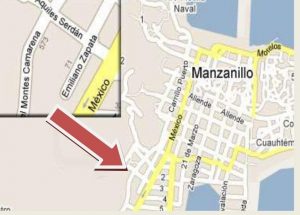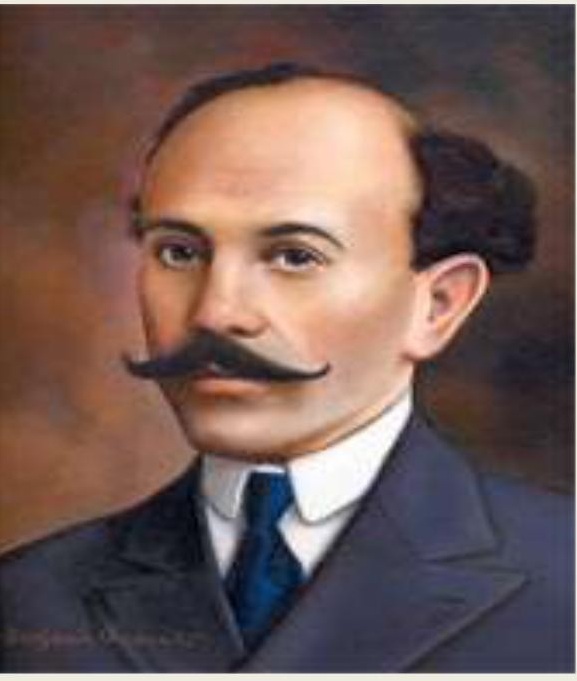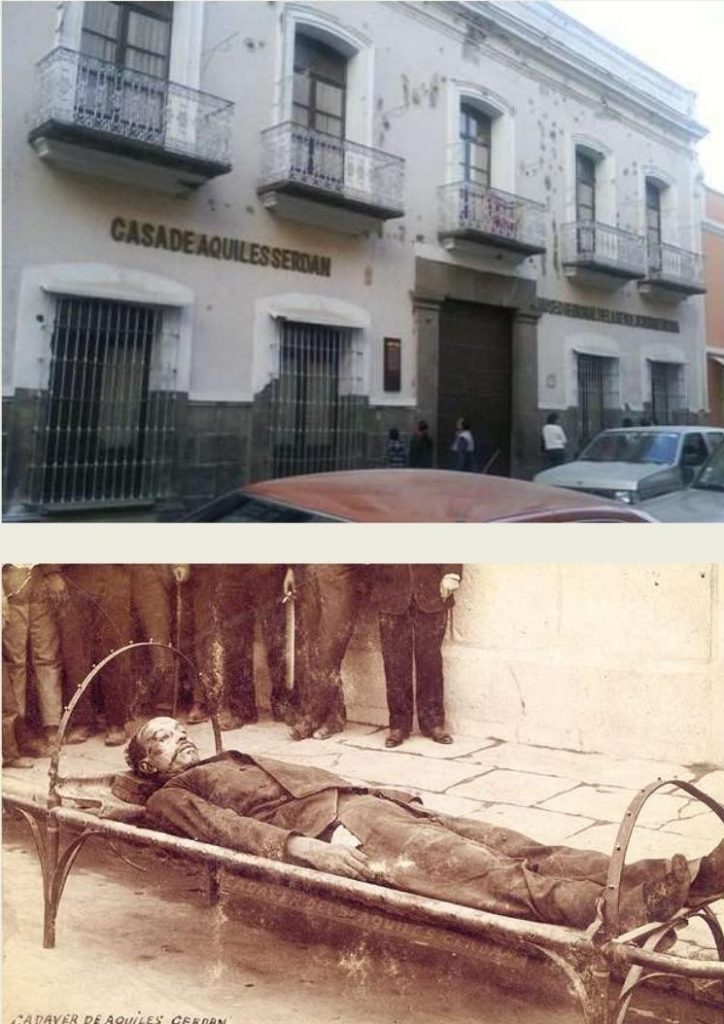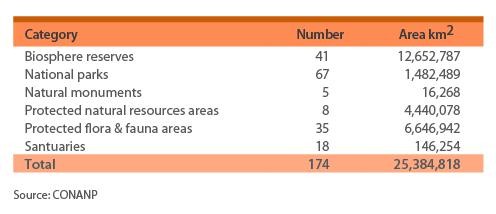By Terry Sovil from the August 2011 Edition

November 1, 1876 – November 18, 1910
Aquiles Serdán Alatriste (November 1, 1876 – November 18, 1910), was born in the city of Puebla, Puebla. He is known as a politician who opposed Porfiro Díaz in the Mexican Revolution while supporting Francisco I. Madero and Emiliano Zapata.
Serdán is vitally important because of his support for Madero and eventually became Madero’s first martyr in the revolution. Madero was an unlikely revolutionary as he came from one of Mexico’s richest families but he mounted opposition against Porfiro Díaz’s iron fisted 35 year rule. Madero himself was a small man, five foot three and referred to by Diaz as “the little madman” (el loquito). Madero was a teetotaler; spiritualist and a vegetarian in a culture where both drinking and eating meat were the macho things to do. Madero’s objection to another six-year term by Diaz was met with scorn.
Díaz finally jailed Madero, whom he regarded as a pest, in June 1910 but Madero’s family released him on bail. That October, Díaz was declared the winner of the presidency in a rigged election. Madero had, in the meantime, taken refuge in the United States of America whilst making plans to return to Mexico at the head of an armed revolution. This was the November 20th movement, later annually celebrated as Revolution Day.
The first engagement took place two days before Madero crossed back into Mexico. The central figure being a 34 year old balding merchant named Aquiles Serdán who was a leader in the Anti-ReElectionist movement. In 1908 Madero had published a book that called for honest elections. The book didn’t advocate removing Díaz but of removing his very unpopular vice-present (whom had originally been chosen to make keeping Díaz more palatable). This book became the match that ignited reformers all over Mexico who began forming Anti-Reelectionist clubs and calling for the end of the long control of Mexico by Díaz.
Aquiles Serdán was a very active member of this movement and boldly promoted Madero’s cause. He was joined by his sister, Carmen, who used the pseudonym of Marcos Serrato while distributing anti-government pamphlets in order to throw off Díaz’s security teams.
In planning the revolution, Serdán worked with Emiliano Zapata along with Madero. He enlisted a follower, medical student and fellow Puebla citizen Juan Andrew Almazán, to act as liaison between himself and Zapata.
Serdán traveled to San Antonio, Texas on the eve of the revolution to confer with Madero. They agreed that Serdán should return to Puebla and stockpile arms in his home. After the meeting, disguised as a grieving widow, he made his way home where his family had already converted the house into an arsenal. On November 18, Puebla police Chief Miguel Cabrera, on a tip that arms were stockpiled there, organized a force of 400 soldiers and 100 police officers to raid the Serdáns home. There were just six defenders: Serdán, his wife, mother, sister Carmen, brother Máximo and a family friend, a student named Jesús Nieto. Despite the overwhelming odds the defenders did not give up.
Carmen was wounded and went up to a balcony to challenge the watching crowds. Serdán was killed after holing up in the basement, fighting to his death. Máximo and Jesús were also killed and the women then taken prisoner. Carmen survived her wounds and was released from prison after Madero’s victory over Diaz. When General Huerta staged a counter-revolution and overthrew Madero, Carmen served as a nurse in a field hospital, later returning to Puebla to raise the children of her two slain brothers. She died in 1948.
The Serdán home, at 4 Santa Clara Street, Puebla, was converted to a Regional Museum of the Mexican Revolution in 1960 to mark the 50th anniversary of Madero’s rising. It commemorated the deeds of Aquiles Serdán and his family and is still a museum with everything just as he left it before being killed. The northern municipality of Aquiles Serdán, Chihuahua was renamed in his honor in 1932.

Download the full edition or view it online
—
Terry is a founding partner and scuba instructor for Aquatic Sports and Adventures (Deportes y Aventuras Acuáticas) in Manzanillo. A PADI (Professional Association of Dive Instructors) Master Instructor in his 36th year as a PADI Professional. He also holds 15 Specialty Instructor Course ratings. Terry held a US Coast Guard 50-Ton Masters (Captain’s) License. In his past corporate life, he worked in computers from 1973 to 2005 from a computer operator to a project manager for companies including GE Capital Fleet Services and Target. From 2005 to 2008, he developed and oversaw delivery of training to Target’s Loss Prevention (Asset Protection) employees on the West Coast, USA. He led a network of 80+ instructors, evaluated training, performed needs assessments and gathered feedback on the delivery of training, conducted training in Crisis Leadership and Non-Violent Crisis Intervention to Target executives. Independently, he has taught hundreds of hours of skills-based training in American Red Cross CPR, First Aid, SCUBA and sailing and managed a staff of Project Managers at LogicBay in the production of multi-media training and web sites in a fast-paced environment of artists, instructional designers, writers and developers, creating a variety of interactive training and support products for Fortune 1000 companies.




You must be logged in to post a comment.